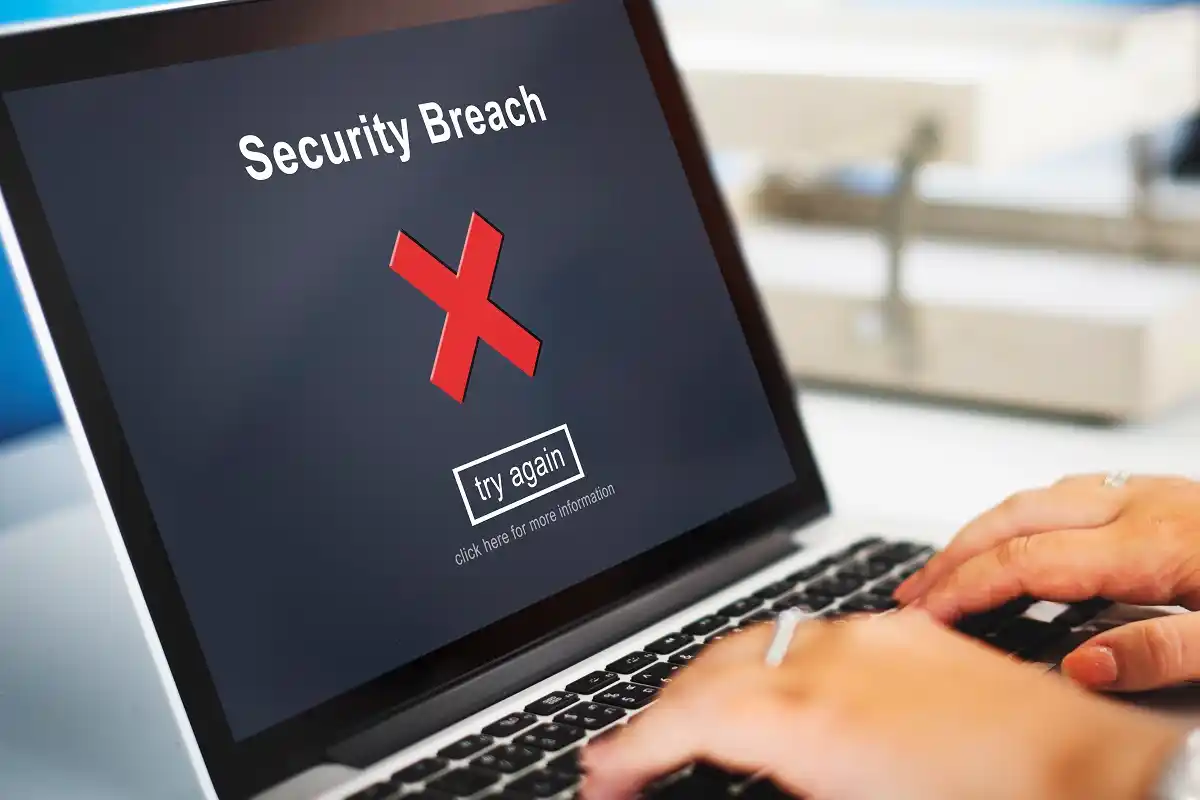Hackers can access your data through the medium of the internet, messages, or the online services you are using, whether you are online or offline.
Data breaches may alter the trajectory of your life and cause far more than just momentary dread. Sensitive information exposure can have serious repercussions for people, businesses, and governments. Without any care, a little flaw might result in a significant data leak.
Many people don’t pay enough attention to it, since they are ignorant of how prevalent contemporary security dangers operate.
A data leak may be a catastrophe for many companies. No company wants to face the compromise of private customer data, as well as internal corporate information like inventory lists, transactions, and other secure data.
What is Data Breach?
A data breach makes sensitive, private, or protected information accessible to unauthorized parties. In a data breach, the files are copied, read or shared without any authorization. Anyone, from small businesses and governments to large corporations and people, is susceptible to data breaches. But most importantly, if they are not protected, anybody can endanger others. Data breaches typically result from flaws in user behavior or technology.
There are more opportunities for data to be compromised as our computers and mobile gadgets gain more connected capabilities. Technology is developing faster than we can safeguard it.
Internet of Things (IoT) devices is evidence that we are beginning to prioritize convenience over security. Hackers are taking advantage of the obvious security weaknesses in many “smart home” gadgets, such as the absence of encryption.
This issue gets worse since new digital goods, services, and technologies are being used without adequate security testing.
Even if the backend technology was flawlessly configured, some consumers would still have subpar digital habits. One person is all it takes to compromise a network or website.
If data leaks containing personally identifiable information are discovered, thieves may exploit the information to mount a successful cyberattack (PII).
These Standards Could Protect Your Data From Quantum Computer Attacks
Data Leak vs Data Breach
Cybercriminals do not start data breaches. They become vulnerable due to unnoticed flaws/bugs and continue to be unwittingly public. By the time they are finally found by either hackers or developers, these exposures may persist for years for sure.
On the other hand, cybercriminals alone are completely responsible for data breaches. They are the targets of deliberate cyberattacks.
The first step in preventing a data leak is understanding its causes. What are the main causes of data breaches in light of this?
Here is a quick outline of the main reasons why data breaches happen:
Backdoors, Security Vulnerabilities
Hackers prefer to take advantage of badly developed software programs or network systems that are poorly planned or deployed, leaving gaps through which they may easily get access to your data.
The most sensitive data in your firm is at risk if these outdated security flaws are not repaired.
User Behavior
Unfortunately, human mistake ranks among the leading causes of data breaches, not some obscure or overlooked security flaw.
“Human mistake accounts for 52% of the underlying causes of security breaches,” a survey claims.
The bulk of data breaches is brought on by compromised or stolen credentials. The combination of your passwords and login gives malevolent criminals access to your network. Because most users repeat or choose weak passwords. Fraudsters may access email, websites, bank accounts, and financial information by using brute force attack.
By ensuring that staff members are familiar with the fundamental data security procedures, many of these human mistakes may be avoided.
Insider Threats
Even though it is closely tied to human mistakes, this source of corporate data is more sneaky. The human error suggests an unintentional mishap or error. On the other hand, insider misuse refers to the willful exploitation of your company’s systems by an authorized user, usually for personal advantage.
The problem here is that your company has put its faith in the bad actor. Catching insider misuse is difficult, and in many of the cases we investigated, the abuse was only identified when user devices were being forensically examined after employees had departed a firm.
Malware
Malware usage, both direct and indirect, is expanding. By definition, malware is harmful software that has been accidentally placed onto a system, giving a hacker access to take advantage of it and maybe other linked systems.
There may be security issues in the network and servers you’re linked to, the operating system, software, and hardware on your device, and more. Criminals look for these security flaws because they make the ideal entry points for their software. Particularly spyware is great for collecting confidential information while remaining entirely undiscovered. This infection might not be discovered until it is too late.
Malware isn’t simply a concern for employees’ personal computers at home; it also poses a constant danger to the systems of your business.
To attempt and make them unidentifiable to antivirus programs while still having the desired impact, many hackers make modest changes to already-existing malware programs.
Physical Theft
The actual theft of a device containing sensitive data belonging to your business. This may apply to servers as well as laptops, desktop computers, cellphones, tablets, hard drives, thumb drives, CDs, and DVDs.
The type of data saved on the device has a significant impact on how serious a data breach caused by a stolen device will be. If the device is stolen without being erased, more sensitive data often equates to a more serious data breach.
Since most of these thefts are opportunistic, it is hard to predict when they will occur. Often, limiting options for workers to remove data storage devices from the workplace is the best answer.
Conclusion
These are a handful of the most prevalent and serious hazards related to data breaches, however, there are many others.
Everyone at every level, from end users to IT staff, as well as everyone in between, has to be involved in data breach prevention.
Security is only as strong as its weakest link in terms of preventing data breach attacks or leaks. Every user who engages with a system has the potential to be a vulnerability. With a tablet connected to your home network, even young toddlers may pose a threat.



